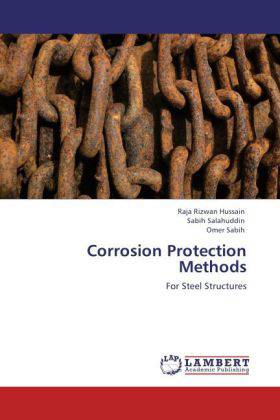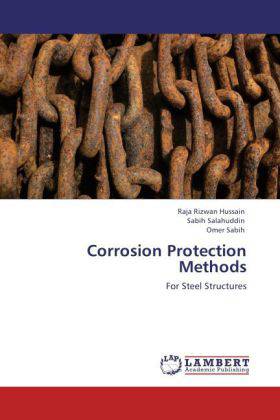
- Afhalen na 1 uur in een winkel met voorraad
- Gratis thuislevering in België vanaf € 30
- Ruim aanbod met 7 miljoen producten
- Afhalen na 1 uur in een winkel met voorraad
- Gratis thuislevering in België vanaf € 30
- Ruim aanbod met 7 miljoen producten
Zoeken
Corrosion Protection Methods
For Steel Structures
Raja R. Hussain, Sabih Salahuddin, Omer Sabih
Paperback | Engels
€ 48,45
+ 96 punten
Omschrijving
This book is based on the study that was carried out to get information about the different methods of corrosion prevention to make the materials corrosion resistant, mainly focusing on steel. Steel structures corrode by reacting with moisture and oxygen to form rust. Aggressive high-chloride environments found in coastal or marine environments and in areas where deicing salts are used accelerate the deterioration of steel unless the steel is isolated from the corrodents or the corrosion rate is reduced by electro-chemical means. The design of steel structures further accelerate corrosion damage by the presence of joints, fasteners, fraction-grip bolts, cavities and crevices that collect corrodents such as soil, water and atmospheric pollutants, and by the presence of dissimilar metals, stray currents and concentration cells that can lead to intense localized corrosion. Some of the structural aspects during construction of the structure to minimize the effect of corrosion have also been discussed. Paints are the most widely used material for protecting steel structures from corrosion damage.
Specificaties
Betrokkenen
- Auteur(s):
- Uitgeverij:
Inhoud
- Aantal bladzijden:
- 72
- Taal:
- Engels
Eigenschappen
- Productcode (EAN):
- 9783846547205
- Uitvoering:
- Paperback

Alleen bij Standaard Boekhandel
+ 96 punten op je klantenkaart van Standaard Boekhandel
Beoordelingen
We publiceren alleen reviews die voldoen aan de voorwaarden voor reviews. Bekijk onze voorwaarden voor reviews.











